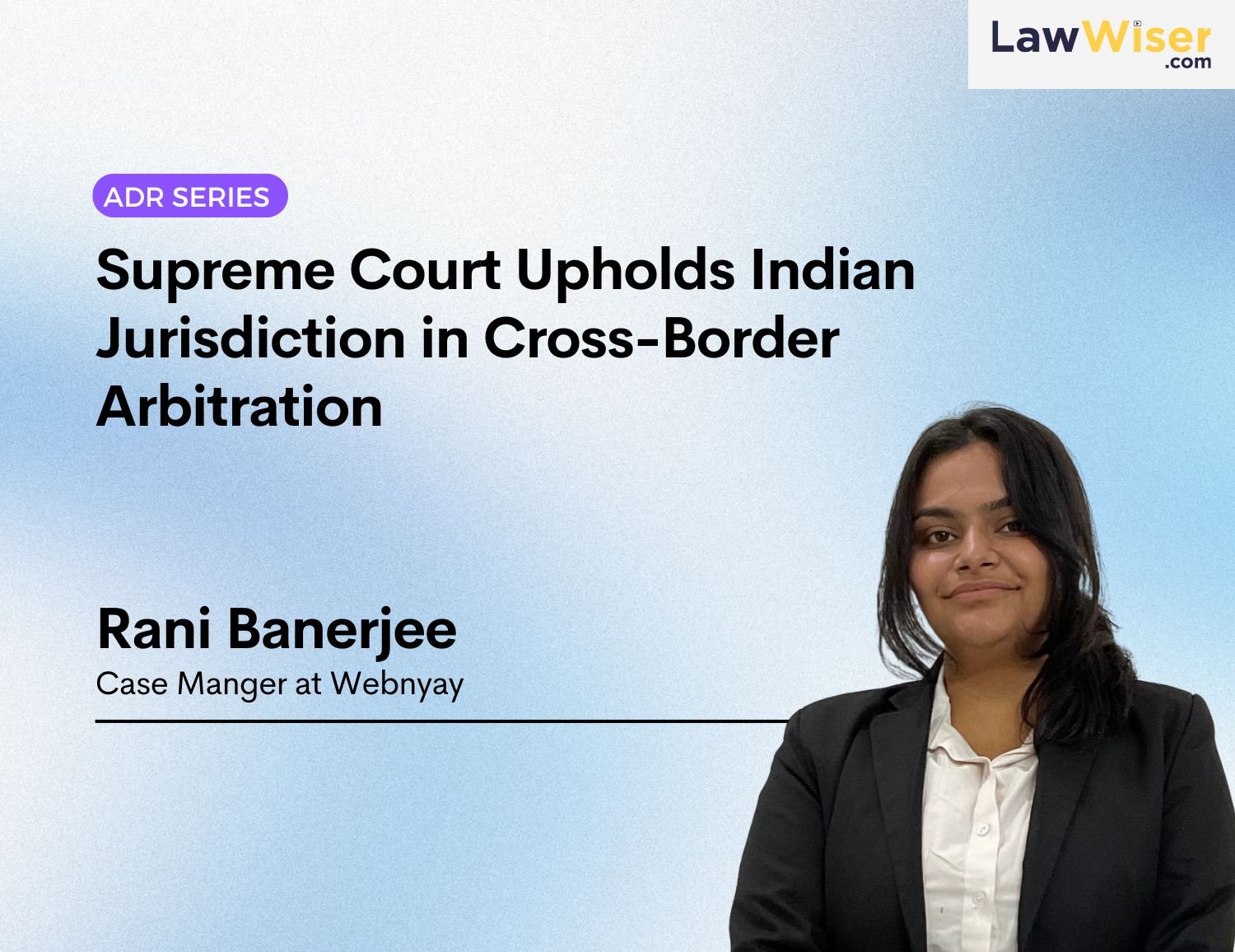The Insolvency and Bankruptcy Code, 2016 (“Code”) was enacted with an intent to provide for a timely resolution of insolvency of a corporate debtor (“CD”) and to enable maximisation of the value of assets of the CD. In line with this intent of asset maximisation, the Code has introduced elaborate provisions namely, sections 43, 45, 47, 49, 50 and 66 of the Code, for dealing with avoidance transactions i.e. transactions which were undertaken prior to the commencement of the Corporate Insolvency Resolution Process (“CIRP”) with an intent to defraud its creditors or to benefit related parties as well as its own management. Under the Code, the resolution professional (“RP”) is required to file an application for avoidance of such transactions during the pendency of CIRP (“Avoidance Applications”). However the manner of treatment of such Avoidance Applications after the conclusion of CIRP and taking over of the management and control of the CD by the Successful Resolution Applicant (“SRA”) is shrouded with uncertainty, particularly:
- Locus of the SRA to pursue such Avoidance Applications in place of the RP, by itself and/or through the CD;
- Right of the SRA/ CD, to retain the proceeds therefrom.
The aforesaid issues fell for adjudication before the division bench of the Hon’ble Delhi High Court (“DHC”) in Tata Steel BSL Limited. v Venus Recruiter Private Limited (“Venus Case”)1. The DHC held that Avoidance Applications are independent of the resolution of the CD and can survive the conclusion of CIRP. Where the plan does not contain provisions pertaining to Avoidance Applications and/or where Avoidance Applications have not been filed during CIRP, the DHC held that post CIRP, the former-RP can initiate/continue to prosecute the same. The DHC further held that the proceeds from Avoidance Applications should be distributed amongst the creditors alone as they would have taken a haircut under the plan. An appeal against the order of DHC is however pending before the Supreme Court of India (“SC”).
Although the Venus Case provided some clarity on the quandary surrounding Avoidance Applications, it does not address a situation wherein the treatment of Avoidance Applications and the proceeds arising therefrom are dealt with in the plan.
This issue was subsequently dealt with by the National Company Law Appellate Tribunal (“NCLAT”), in Kapil Wadhawan v. Piramal Capital & Housing Finance Ltd. (“Wadhawan Case”),2 wherein the plan submitted by the SRA contemplated that the SRA would pursue Avoidance Applications upon conclusion of the CIRP. Distinguishing the Venus Case on facts, the NCLAT, held that, the SRA shall be entitled to pursue avoidance applications post CIRP if so contemplated in the plan. An appeal against the said order is pending before the SC, however there is no stay on operation of the NCLAT order.
The decision in the Wadhawan Case was followed by the NCLAT also in Kashyap Mehta v. Kabra Estate & Investment Consultants (“Kashyap Case”)3 wherein it permitted the SRA to pursue the Avoidance Application thereby confirming the order passed by the NCLT, Mumbai Bench, permitting substitution of the RP with the SRA, as envisaged under the approved plan.
However the NCLAT in 63 Moons Technologies Ltd. v. Dewan Housing Finance Ltd. (“63 Moons Case”)4 despite noting the different factual matrix, relied on the Venus Case and held that sums recovered from Avoidance Applications should necessarily accrue to the creditors of the CD even though the plan contemplated appropriation of the same by the SRA. It rejected the contention of the SRA, that once the CoC in its commercial wisdom had considered and approved the plan, the adjudicating authority should give effect to the same without any modification. It held that provisions in the plan allowing the SRA to appropriate the proceeds of Avoidance Applications struck ‘at the very heart of the Code’ and are therefore illegal.
The NCLAT by passing the order failed to appreciate the provisions of regulation 38 of the CIRP Regulations which mandatorily require the SRA to provide for the treatment of Avoidance Applications and distribution of proceeds therefrom, in the plan. If the intention was that the proceeds should only accrue to the creditors then there was no necessity to require the SRA to incorporate provisions for treatment of proceeds in the plan. The decision also fails to consider the Insolvency Law Committee Report, 2022 (“ILC”) that had recommended insertion of regulation 38 so that the CoC has the final say regarding the manner of conduct of such avoidance application and distribution of proceeds thereof.
In ILFS Financial Services Limited v. M/s Emerald Lands (India) Private Limited,5 the NCLT, New Delhi bench, held that the NCLT cannot sit in appeal against the decision of the CoC where the CoC had unanimously decided that the proceeds of the avoidance transactions would be retained by the CD alone. Similarly, in Interups Inc. v. Kuldeep Kumar Bassi,6 since the approved plan, permitted the SRA to prosecute Avoidance Applications and appropriate the proceeds, the NCLAT held that the plan cannot be interfered with.
The decisions allowing the SRA to pursue Avoidance Applications and appropriate the proceeds therefrom are in line with the recommendation of the ILC and the principle that the commercial wisdom of the CoC should ultimately prevail. Regulation 38 which requires the manner of conduct of and the distribution of proceeds relating to Avoidance Application post CIRP to be included in the plan, was inserted to enable the CoC to negotiate terms basis the expected return from such applications. In view thereof, a plan which provides for payment of the proceeds of such application to the CD/SRA shall not be violative of the Code where the financial payouts factor in the expected recoveries from such Avoidance Applications. However, in view of the various appeals as aforesaid pending adjudication before the SC, the dilemma relating to treatment of Avoidance Applications post CIRP shall continue till the final verdict of the SC.
This article has been contributed by Ramya Hariharan, Founder, Asmita Rakhecha, Principal Associate and Shreyas Alevoor Rao, Associate at Citadel Law Chambers.



 October 1, 2024
October 1, 2024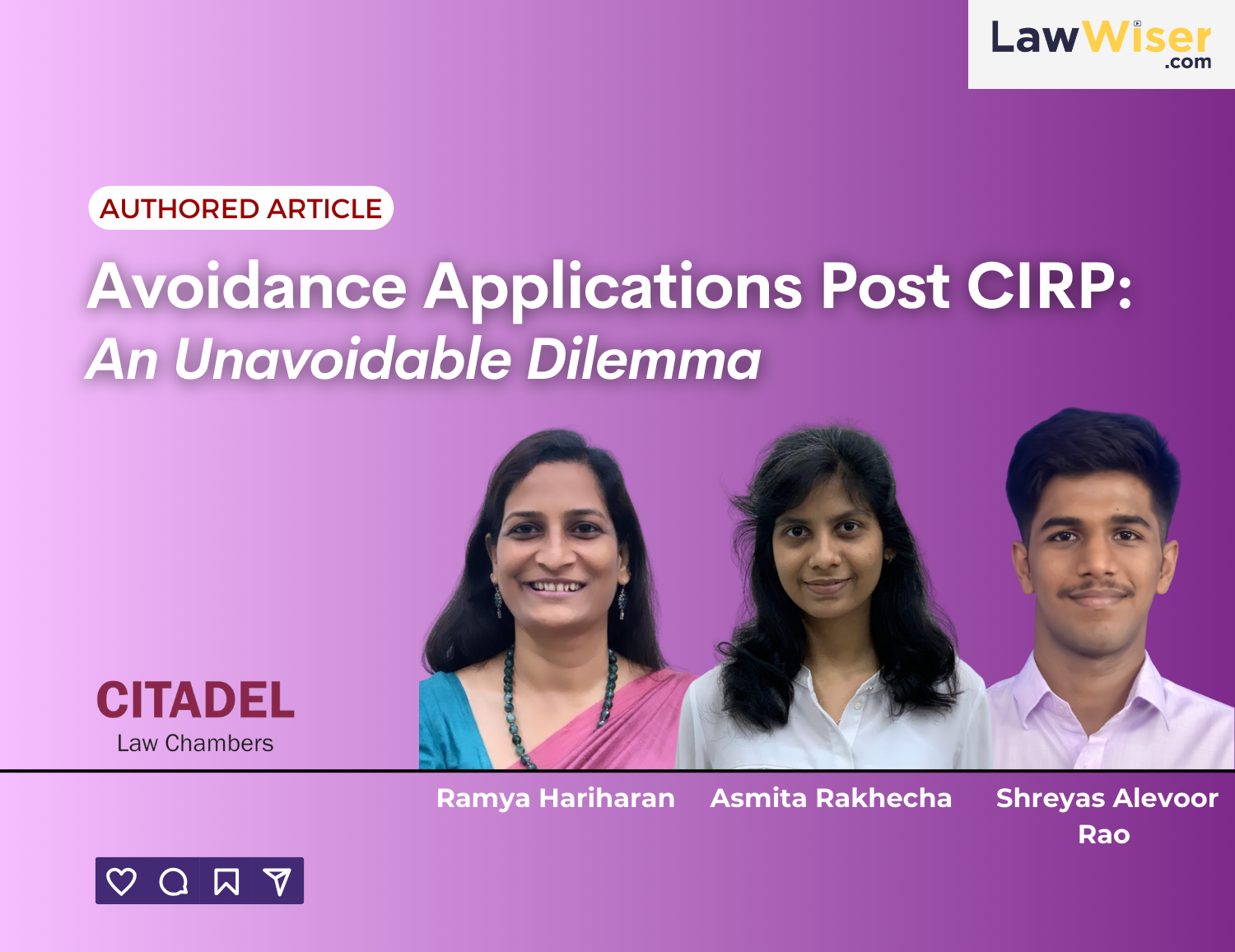
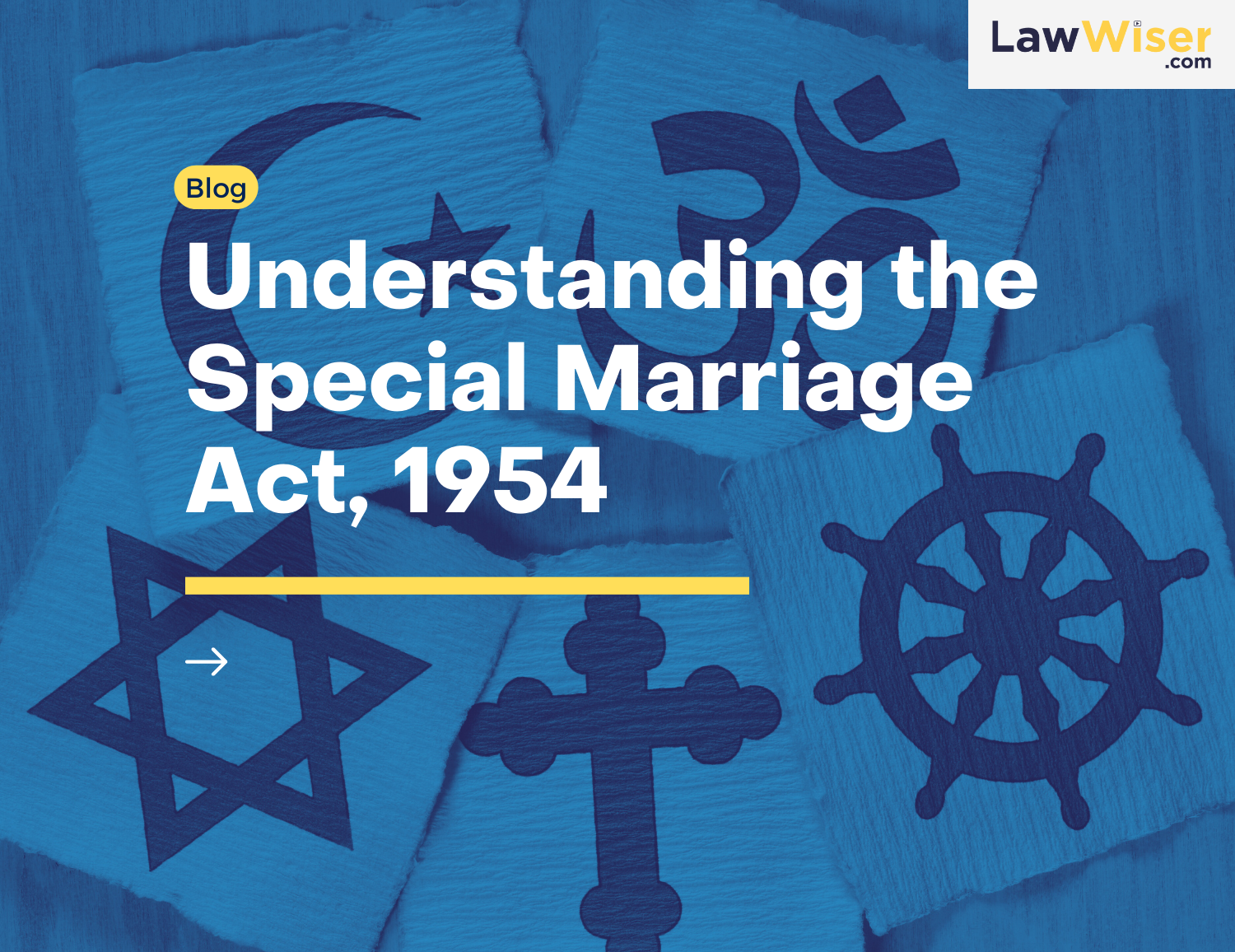
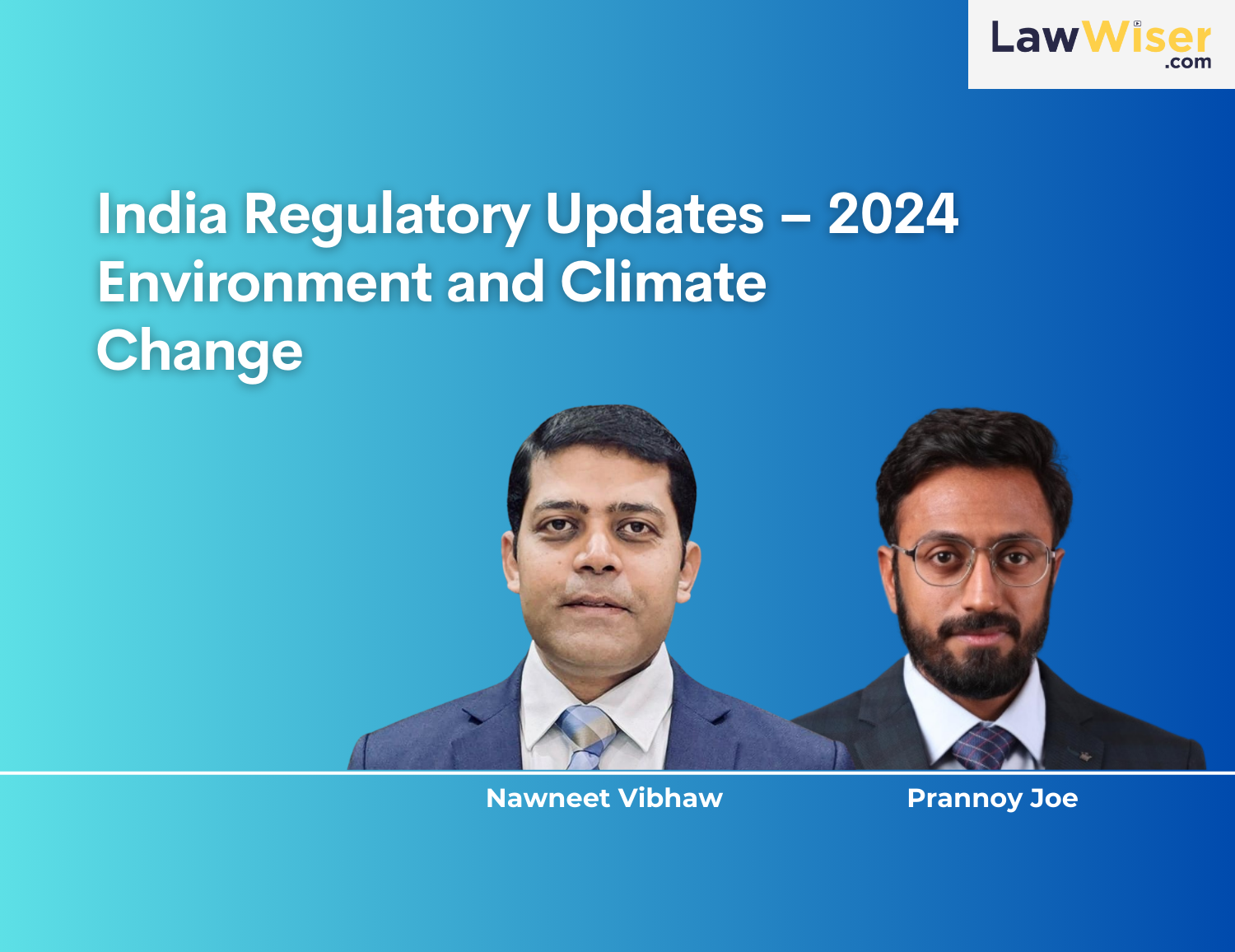

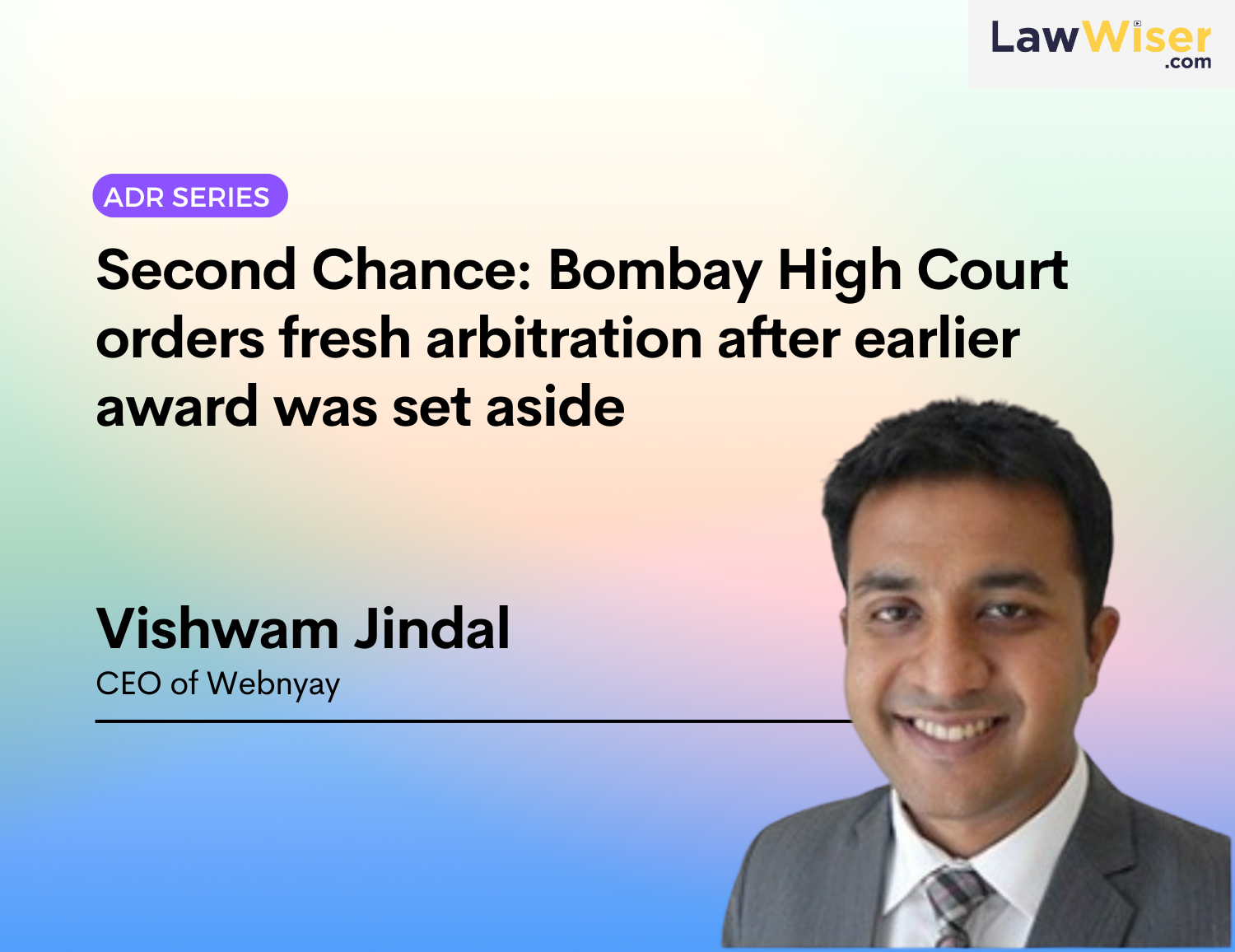
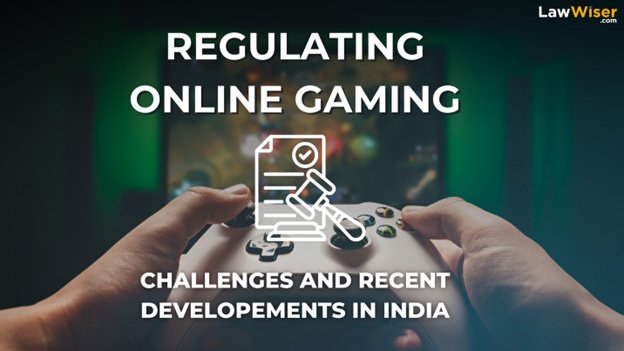


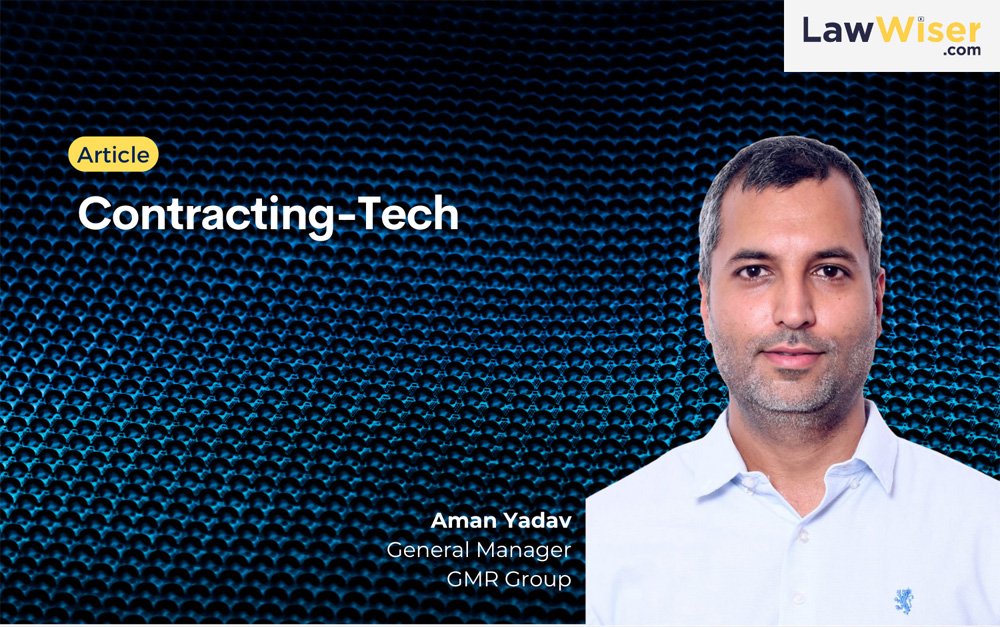
 September 2, 2025
September 2, 2025 0 COMMENTS
0 COMMENTS


